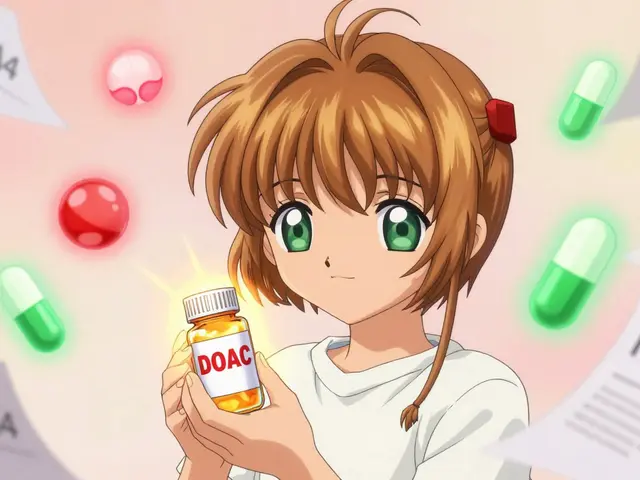Primary central nervous system lymphoma (PCNSL): a practical guide
Primary central nervous system lymphoma (PCNSL) is a type of lymphoma that starts in the brain, spinal cord, eyes, or the membranes around these areas. It’s not the same as other brain tumors — PCNSL comes from white blood cells called lymphocytes that have grown where they normally don’t. You don’t need technical jargon to get the basics: know the common signs, how doctors check for it, and the main treatment choices so you can act fast if you or a loved one has symptoms.
Common signs and how doctors diagnose PCNSL
Symptoms often come on over weeks and depend on the tumor’s location. Watch for new or worsening headaches, changes in thinking or personality, trouble with balance, seizures, sudden vision changes, or weakness on one side. If these show up, see a doctor right away.
Diagnosis usually starts with an MRI of the brain. If the MRI looks suspicious, doctors may do a biopsy — a small sample of tissue — to confirm the type of lymphoma. Other tests can include lumbar puncture (spinal tap) to check cerebrospinal fluid, eye exams if vision is affected, and body scans to rule out lymphoma elsewhere. Blood tests help assess overall health before treatment.
Treatment options and what to expect
PCNSL is often treated with high-dose chemotherapy that can cross into the brain. Methotrexate-based regimens are common. Steroids may be used early to reduce swelling and improve symptoms quickly, but they can change biopsy results so timing matters. In some cases, doctors add targeted drugs, immunotherapy, or radiation — especially for older adults or if chemo alone isn’t enough.
Treatment can be intense and cause side effects like fatigue, nausea, or changes in thinking. Managing side effects is part of care: anti-nausea meds, rehab for balance or speech, and regular blood tests are typical. Clinical trials are worth asking about; they can offer newer options like targeted agents or immunotherapies that might fit your situation.
Prognosis varies by age, overall health, and how quickly treatment starts. Younger, fitter patients who respond to high-dose chemo tend to do better. Still, every case is different — your medical team will explain likely outcomes based on your specifics.
Questions to bring to your doctor: What tests do I need now? Which treatment do you recommend and why? What side effects should I expect? Are there clinical trials I should consider? Who will manage my care team (oncologist, neurologist, rehab)?
On this site you’ll find related articles that may help while you learn more and make decisions: “Nilotinib and Liver Health,” “Next-Generation SV2A Drugs,” and “Biologics vs Steroids: Cost, Efficacy & Safety.” Use these to learn about treatment side effects, neurologic drugs, and therapy choices — but always discuss specifics with your specialist.
If you spot concerning symptoms, don’t wait. Early evaluation speeds diagnosis and gives you more treatment options. Keep questions ready, bring a friend to appointments, and ask for clear next steps at every visit.
The use of lenalidomide in the treatment of primary central nervous system lymphoma
In my recent research, I've found that lenalidomide, an immunomodulatory drug, is gaining recognition for its role in treating primary central nervous system lymphoma. This is a rare but aggressive type of non-Hodgkin lymphoma, which is notoriously difficult to treat. Lenalidomide shows promising results due to its ability to cross the blood-brain barrier, a common challenge in treating brain diseases. It also has fewer side effects compared to traditional chemotherapy. However, more in-depth studies are needed to fully understand the drug's long-term efficacy and safety.






